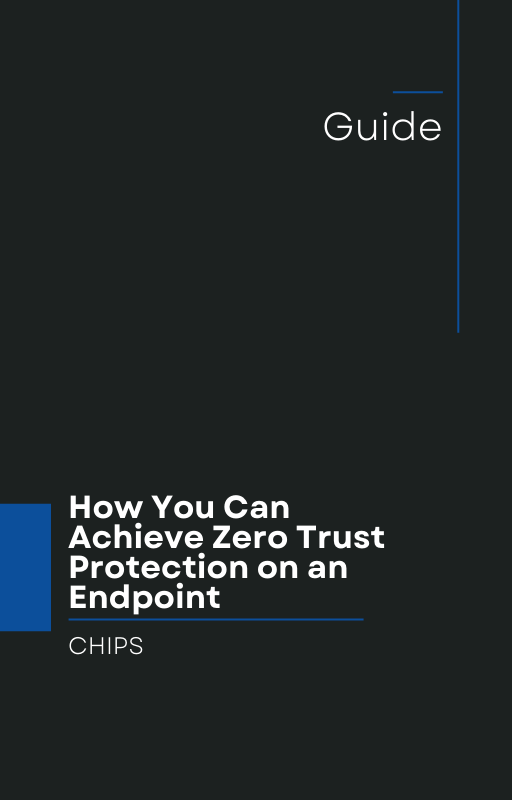In a revealing new alert, cybersecurity researchers have flagged the resurgence of the malicious backdoor known as XWorm — this time with a full-on ransomware module and more than 35 plugin capabilities. BleepingComputer This evolution is a clear sign that relying solely on “detect and respond” approaches is no longer sufficient. If your business is still depending on traditional endpoint detection and response (EDR) tools, now is the time to recalibrate.
What’s happening with XWorm?
Originally observed in 2022, XWorm made its name as a modular remote access trojan (RAT) capable of data theft, remote desktop control, and command-and-control communication. The new variants — labelled 6.0, 6.4 and 6.5 — have added a ransomware component (via Ransomware.dll) that locks files under user profiles (adding “.ENC” extensions) and drops instructions for victims on how to pay ransom.
What makes it especially concerning: it has more than 35 plugins covering activities like stealing from 35+ browsers and email clients, keylogging, remote shell access, camera/webcam capture, and full filesystem manipulation.
Delivery methods have also expanded: malicious JavaScript launching PowerShell scripts, Excel XLAM files with embedded shellcode, disguised .exe files (for instance masquerading as Discord), and weaponised trojans exploiting social engineering tactics.
In short: XWorm demonstrates how an attacker can move from initial access → data theft → ransomware encryption — all within the same infection chain.
Why “detect and respond” is failing
Most enterprises are equipped with a stack of tools: antivirus (AV), EDR or even extended detection and response (XDR). These tools are built around the model: detect a threat → investigate → respond/contain. However, XWorm shows the limitations:
-
Because of the plugin-architecture, many malicious actions occur without a known signature, or via legitimate tools that evade detection.
-
By the time “detection” happens, data exfiltration or encryption may already be underway.
-
Remediation and response are resource-intensive and often reactive rather than preventive. In other words: you’re already in damage control.
Indeed, researchers warned that a defence-in-depth, multi-layered approach is required — but also noted that “endpoint detection and response (EDR) solutions can identify the behavior of XWorm’s modules… while proactive email and web protections can block the initial malware droppers.”
What that means: detection is only part of the battle. We need to stop threats before they can act.
Time to shift to isolation and containment
Here’s where things change: Instead of asking your tools “Did we detect something bad?” ask them “Can we prevent execution of any untrusted or malicious code or activity on the endpoint?”
That shift leads to a strategy of isolation and containment:
-
Isolation means suspicious or unknown processes or modules never reach a stage where they can do harm.
-
Containment means that even if a malicious module gets inside, it’s confined to a controlled environment that cannot spread, exfiltrate, or encrypt critical data.
This approach places control back on your endpoints rather than relying on perfect detection or rapid response after the fact. It addresses the “when” (before it acts) rather than the “what” (identifying it after it acts).
Why adoption of AppGuard makes sense
-
AppGuard’s philosophy is built around this prevention-first model. Rather than relying purely on detecting a threat signature, AppGuard focuses on preventing attacks by blocking actions malware must take.
-
AppGuard Enterprise doesn’t treat itself as “just another AV or EDR.” It runs at the kernel level, isolates applications, and blocks abnormal processes, code injection, weaponised documents and ransomware encryption attempts.
-
Lightweight and scalable: The agent footprint is minimal, and the architecture supports large endpoint fleets without heavy CPU or memory drag.
-
Proven pedigree: The technology has roots in collaboration with U.S. intelligence and government projects, which underscores its maturity and robustness.
-
Now available for commercial use: What was once reserved for high-security government use is now accessible to businesses of all sizes.
In short, AppGuard enables isolation and containment at the endpoint — shifting your defense model away from “we’ll detect when they get in” towards “we’ll block and contain before they act.”
What business owners must do now
-
Evaluate your current endpoint defense posture. If your primary strategy is detect/respond (EDR, AV, logs, SOC investigations), ask: how quickly can you contain a fast-moving threat like XWorm?
-
Look for gaps around fileless attacks, weaponised documents, living-off-the-land tools, and modular ransomware. XWorm’s plugin structure means it doesn’t just drop a known binary—it acts inside the system through stealthy modules.
-
Adopt an endpoint protection solution that supports prevention and containment. Not all tools are built the same. The ones that merely alert you after something happened may leave you exposed during the window of detection.
-
Partner with trusted advisers like CHIPS who understand preventive endpoint security and can guide deployment of AppGuard in a business context.
-
Train staff and adapt policy. Even the best technology benefits from aligned policies: limit administrative rights, segment environments, restrict lateral movement, and ensure that endpoints cannot execute untrusted code.
-
Monitor and test. Conduct tabletop exercises and incident simulations based on threats like XWorm to ensure your containment strategy performs as expected.
Final word
The resurgence of XWorm is a timely reminder that cyber-threats are not static—they evolve. Attackers are shifting from “big flashy ransomware attacks” to stealthy modular RATs that exfiltrate data, pivot, then encrypt. When your tools are optimized for “detect/respond,” you may already be too late.
Prevention matters. Containment matters. Ending the chase of endless alerts and reliance on detection-only tools is no longer optional—it’s essential.
If you’re a business owner who is ready to move your endpoint security from a reactive posture to a proactive one, now is the time to talk with CHIPS. Reach out to us to explore how AppGuard can protect your endpoints, isolate threats before they act, and give you real assurance in an era of advanced cyber-attacks.
Take action today. Talk with CHIPS about how AppGuard can prevent incidents like XWorm — and help you move beyond detect and respond, to isolation and containment.

October 21, 2025

Comments